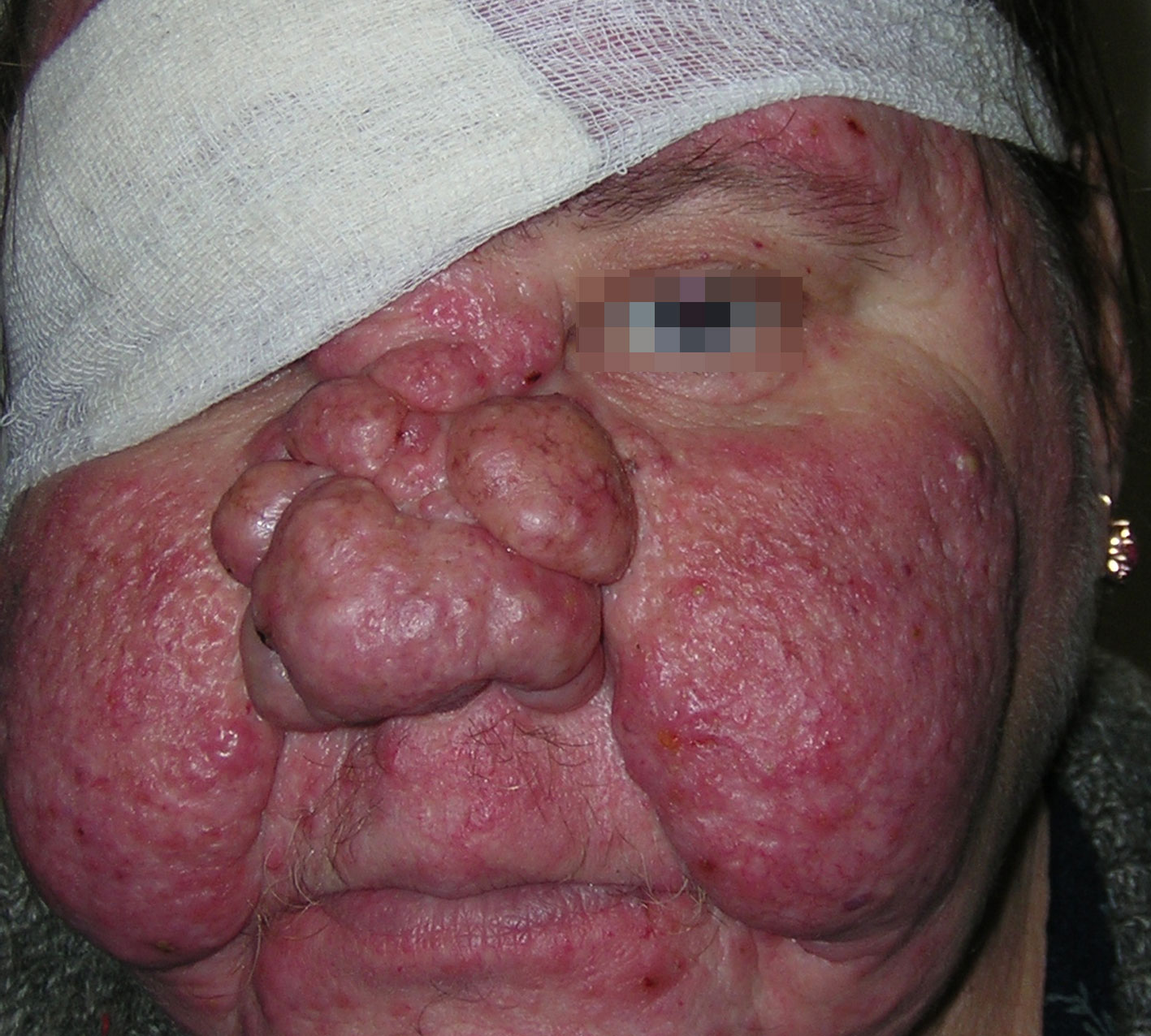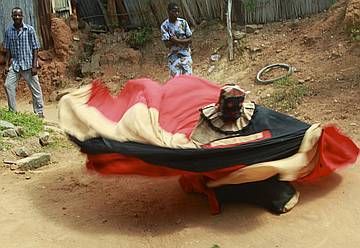Conceptualization of skin cells
Diversity of skin cell functions" concept
Base sets:
X1 is the set of features of any species cell that are experimentally detected by special markers.
Genus relation: D1 ∈ B(X1). Here "B" is the sign of the operation of generating a set from all subsets of the original set (booleans).
The type of this structure: "The set of all subsets of a cell's traits".
Since every cell of every species can exhibit any combination of traits, this structure establishes a complete variety of all combinations of traits that only a skin cell of any species can have. Given that each combination of features of a cell indicates the activity of its particular function, this structure simultaneously expresses the complete variety of functions that cells can activate, irrespective of their species.
If the number of features of each cell is equal to P and one of them is used to determine the species of the cell itself, the variety of combinations of features and, consequently, the functions of cells can reach the number 2(P-1)-1. Here it is taken into account that if a cell does not exhibit any features (empty subset of features - ∅), it is functionally passive. Taking into account the known number of features of a cell of each species (P=24) it turns out that the maximal power of hypothetical variety of functions of one cell of any species (F) is more than 8 million (specifically: F=8388607). Moreover, each of these functions can be distinguished.
This first result of conceptualization allows to theoretically deduce (define) each function of a cell, investigating its influence on health state; to set tasks to find effective ways to detect functions; to look for ways to activate each function or to suppress it. At present, of all the variety of skin cell functions, a tiny fraction is dermatologically accounted for. It is possible that some potential functions will never manifest or will manifest in some unique situations. But, in the absence of substantiated statements to that effect, the occurrence of unfamiliar functional skin cell phenomena cannot be ruled out.
The Concept of Species Cells with Functions
Base sets:
X1 - the set of features of any species cell, which are experimentally detected by special markers;
X2 - the set of skin cell species. These are all those distinct from each other cells that participate in the creation of skin health phenomena.
The genus relation has the following form: D2 ∈ X2 × IN(X1).
Here "×" is the sign of the Cartesian product of sets.
The type of this structure is: "The set of cell species and the set of their functions".
This structure defines all situations in which it is necessary to distinguish specific species cells with all their functions.
Rather, this concept is useful for setting narrow theoretical goals in dermatology. Thus, the consideration of cells with their full set of functions may allow us to investigate the peculiarities of the action of all the functions of each species cell. It may be possible to answer the question of whether the fact that the same function appears in different species cells at the same time will change the effect on the skin. Assuming that the number of species cells is K=12, and the number of functions of each species cell is F=8,388,607, the diversity of "species cells with their functions" (S) compositions is S=R×F=100663284. Of course, it will take many years to empirically study properties of all these situations. But, the space for theoretical research is open.
However, real situations in which a particular skin puncture biopsy reveals different numbers of species cell compositions are not yet expressible here. In this sense, a concept with a different generic structure should be recognized as more constructive and meaningfully rich.
The concept "Variety of Species Cells with Sets of Their Functions".
The basic sets of this concept:
X2 - the set of skin cell species;
X3 - set of cell functions.
The generic relation has the following form: D3 ∈ IN(X2 × IN(X3)).
The type of this structure is: "The set of subsets of species cells together with the set of subsets of their functions".
It expresses all situations where, in a particular puncture skin biopsy, one can consider separately from each other such subpopulations in which cells of all species (or only a few) are assembled together with their manifested functions. Such situations resulting from the evolution of skin cell states can be appropriately called "subpopulation phenotypes". Their diversity is great, for example:
- Single cell types and their functions. These are all those subpopulation phenotypes that are defined by the previous genus of the structure.
- Phenotypes of subpopulations formed from several cell types (not all) at one time together with their different functions;
- Phenotypes of subpopulations formed by cells of all species, with each cell species exhibiting one or two of its functions;
- Phenotypes of subpopulations formed by cells of all species, with each cell species exhibiting all its functions simultaneously.
This concept opens up the possibility to distinguish phenotypes with complete/incomplete sets of cell species with all different activities of functions, including those in which all cell species exhibit all their functions simultaneously. Based on it, new classes of problems can already be set to investigate health/disease situations with different compositions of functions in complete sets of cell species and other situations. But, these conceptual constructions do not yet take into account the circumstances when in the skin portion there turns out to be some certain proportion of cells of each species with specific (different functions). It would be another concept that expresses the full diversity of phenotypes of subpopulations of cells. At the same time unusual theoretically possible situations can be expressed. For example, when there is a complete diversity of cells of all species, there will be cells with different sets of functions among cells of the same species.
This will force researchers to answer a series of questions about what are the properties of such phenotypes of cell subpopulations and how it is related to the pathologies that are the subject of dermatology as a science of skin and its diseases.
The genetically determined process of formation of a variety of specialized cell phenotypes reflecting their function is the result of coordinated expression of a certain set of genes resulting in cell differentiation that changes their functions, morphology and metabolic activity and creates preconditions for their high specialization and selective action, which in the end is realized in an enormous variety of clinical phenomena of the same skin diseases seen by dermatologists.
Deepening these conceptual distinctions allows us to reach a broad class of research tasks in dermatology that relies on distinguishing phenotypes of subpopulations of skin cells - phenotypic dermatology. Based on the conceptually possible variety of situations that phenotypic dermatology must master, the main types of theoretical and experimental search tasks are as follows:
- The tasks of identifying the full diversity of skin cells of each species;
- Tasks of identifying all possible functions of skin cells of each known species;
- Tasks of identifying the influence of possible functions of cells of each species on skin conditions;
- To identify possible combined potential functions for all cells of each species at the same time;
- Tasks to identify the joint influence of possible functions of cells of each species on skin conditions;
- Tasks of identifying the joint influence of possible functions of cells of all species simultaneously on skin conditions;
- To identify ways to activate/suppress the functions of cells of each species;
- Tasks to identify the relationships between the abilities of cells to activate their functions in coexistence;
- Tasks of identifying the effects of concentrations of cells of each species on skin conditions;
- Tasks of identifying concentrations of species cells with diverse activated functions on skin conditions;
- Tasks of identifying properties of transitions between states of populations of cells with diverse functional capabilities;
- Tasks of identifying ways of purposeful change (control) of transitions between states of cell populations.
- Obviously, behind each type of such problems there is a problem of recognition of particular properties of components of complex skin cell morphology [34]. Removal of these problems by both theoretical and experimental immunological methods can raise dermatology to qualitatively new levels.
An example of a practical solution to one of the named problems of phenotypic dermatology is the development of an amplifier of reparative potencies. Thus, guided by the thesis that healing processes obey the same principles as proliferation and apoptosis and are regulated through cell-cell and cell-matrix signals [35], similar studies data were obtained on the dose-dependent effect of Cellgel on cell viability and apoptosis processes in culture, which led to the conclusion that a deeper study of immune mechanisms of cell death regulation by skin cytoimmunogram, can contribute to increasing the effectiveness of Cellgel wound healing agent when it is used in vitro. A condition for the appearance of this effect is the activation of specific functions of skin cells of each species, the way of which must be found.
Taking into account the results of conceptualization this problem was formulated as follows:
Among the full diversity of phenotypes of subpopulations of species cells with sets of their functions given by the conceptual scheme D3, find a phenotype that is defined by the following term: TR1 = {d ∈ D3 (Pr1d ∈ X2)}
Develop a technical device capable of activating the cell functions of this set.
The relevance of solving this problem is determined by the Russian Federation Government Decree and the Ministry of Economic Development Order on ensuring state quality control over the research of perfumes and cosmetics for the procedure of conformity assessment to the requirements of the technical regulations of the Customs Union "On Cosmetic Products Safety" (TR TS 009/2011).
(Federal law of 28.12.2013 No 412-FZ (ed. from 23.06.2014) "On accreditation in the national accreditation system").
The solution to this problem was the invention of the skin cell reparative potency amplifier [36]. On the one hand, this invention is a response to the need to introduce expert systems into medical practice [37]. On the other hand, it is the first of many possible steps towards a therapeutic tactic, in which, for example, wound healing becomes a controlled process with a given requirement for its result. His utility model relates to biotechnology in cellular medicine, namely devices for dealing with human skin cells, creating a practical convenience of in vitro activation and introduction of activated skin cells into the wound. This invention opens a number of solutions for so-called "targeted delivery" of drugs [38], the prospects of which in practical dermatology have been outlined by a number of Russian and foreign authors [39,40]. The main purpose of the amplifier is achieved by providing limited contact of the Cellgel active ingredient with the skin activated cells prepared by the patented method - skin cytoimmunogram and isolated from the external environment in a separate container, representing a divided viable heterogeneous cell population in the form of suspension.
Amplifier of reparative potencies is the first practical step in the direction of phenotypic dermatology, whose success will be based on conceptually strict distinction of properties of various phenotypes of skin cell subpopulations and targeted regulation of these properties (activation, suppression, enhancement, modification, etc.) taking into account individual characteristics of patients.
 I am aware, colleagues, that here we "treat" metaphysically, and not a specific patient, so the text sins universality, but - as a guide - will help us to treat consciously, in accordance with the stages of inflammation and focusing on the observed phenomena. Read more...
I am aware, colleagues, that here we "treat" metaphysically, and not a specific patient, so the text sins universality, but - as a guide - will help us to treat consciously, in accordance with the stages of inflammation and focusing on the observed phenomena. Read more...











